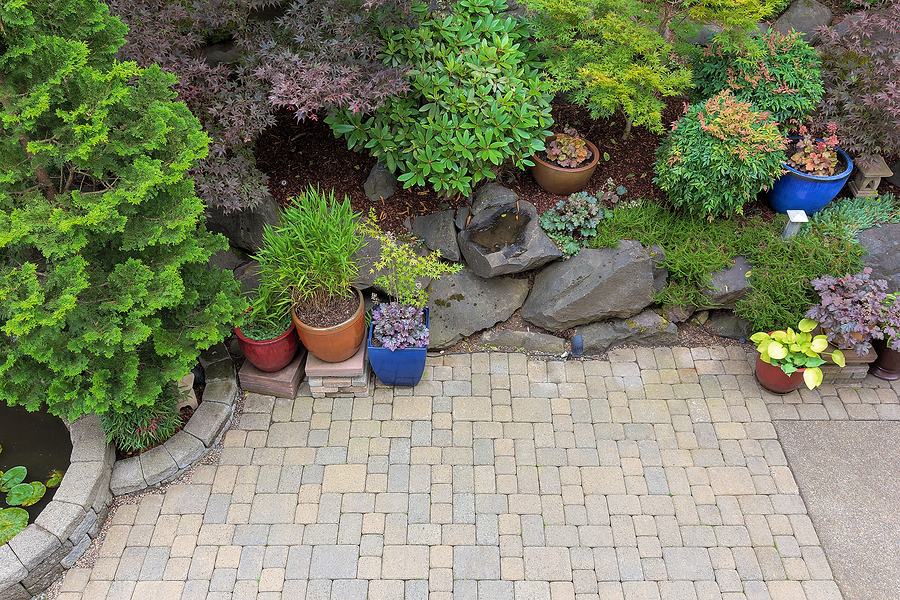Permeable vs. Non-Permeable Pavers: What You Should Know

While it’s true that you could simply lay gravel paths or pour a concrete patio to complete your yard once you’ve instituted your landscape design, you’ll find that pavers offer a more attractive and customizable option to truly make your outdoor spaces unique and ensure they suit your personal style. With tons of materials, colors, shapes, and sizes to choose from, you’ll have no trouble creating the one-of-a-kind look that wows visitors and raises your property value.
Of course, before you get too far in the planning process, you should know that there are two different classes of pavers to consider: permeable and non-permeable. What’s the difference, and which is right for your Sioux Center, Iowa backyard? Here are a few things you should know.
Permeable Pavers
As you may have guessed from the name, permeable pavers are designed to allow for the passage of water. These pavers are designed with large gaps in the joints where water can drain through to a rocky underbed that filters moisture into the soil, effectively keeping it from overflowing into your lawn or running off to other areas.
If you don’t have a suitable slope to carry water away from your home and yard, permeable pavers will save you from having to grade your yard or driveway in order to funnel runoff in the right direction. With permeable pavers, you may not have to get permits for stormwater runoff, as you would when installing non-permeable patios, walkways, and driveways, for example. In addition, this solution is considered to be eco-friendly.
Non-Permeable Pavers
The main advantage of traditional, non-permeable pavers is that you have so many options to explore. You can find pavers in brick, natural stone, or other materials, and you can choose from rough cut, smooth, and other options to suit your tastes.
You can choose any shape and size of paver, giving you endless options for customization. Plus, if you want to avoid shifting and erosion, and ensure weeds don’t grow up through the gaps between pavers, you could use polymeric sand that cures to combat these common issues.
The difference between permeable and non-permeable pavers is that with a non-permeable surface, water will pool and seep into surrounding areas, including your lawn, and even your structure, if the ground isn’t properly graded to carry water away before pavers are laid. Even when funneled properly, runoff can shed into drainage and then into waterways, carrying with it debris and toxins.
Choosing the Perfect Pavers for Your Backyard Project
When comparing permeable versus non-permeable pavers, the former seems to offer more benefits, but before you choose, you need to understand that the cost and effort to install permeable pavers is higher, and may not suit every budget and timeline for backyard upgrades. In addition, larger joints and jointing materials could make for slightly looser paving over time.
There are pros and cons to both paving solutions, so you’ll simply have to weigh your needs and your budget to determine which type of pavers make the most sense when adding or upgrading hardscaping in your Rock Valley, Iowa backyard.